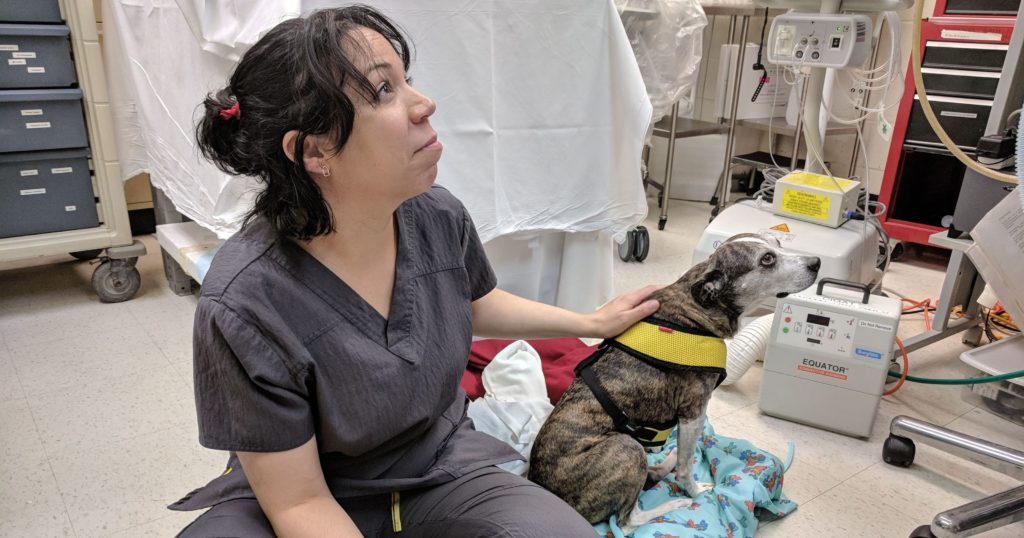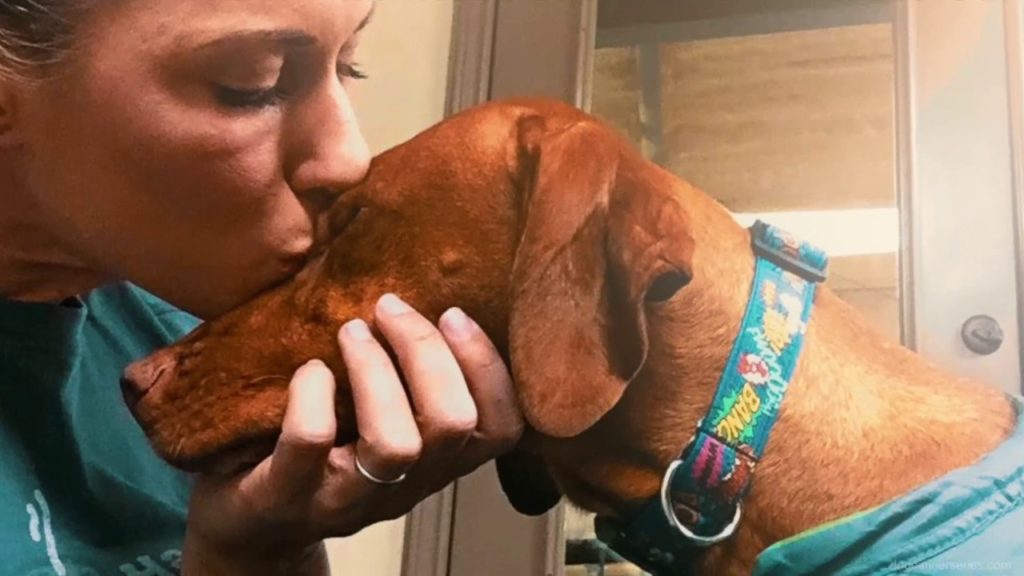
Successfully treating Hemangiosarcoma in Dogs
February 12, 2019Hemangiosarcoma (HSA), is a type of cancer that usually develops in the lining of the blood vessels (endothelium), which makes it prone to metastasize and spread through the bloodstream rapidly. All forms of Hemangiosarcoma are potentially fatal, but some forms are more serious than others.
This type of cancer is considered to be one of the most destructive types found in dogs. Remission is quite rare but has been achieved by many. The key to treating this type of cancer is by firstly, understanding its characteristics and addressing the underlying factors that contribute to its development. Cases of hemangiosarcoma are rarely found in humans, hence there is little to no research done on this type of cancer. Because of its ability to rapidly spread through the bloodstream, it often reaches critical stages by the time it has been detected.

source: usatoday.com
There are three main types of Hemangiosarcoma that are found in dogs:
1. Dermal Hemangiosarcoma – this is perhaps the least serious and most common type of skin cancer, usually found in areas with little or light colored fur. It is often associated with sun exposure. By surgically removing these tumors it can provide a successful treatment if clean margins are achieved. However, if they are not achieved and some cancerous tissues remain, then the tumors will probably return in a short period of time. Black Salve (a drawing compound), can be effective in eliminating these tumors. It is a powerful compound and should be used with a lot of care. The cancerous areas are usually larger than expected, which might lead to a large area of tissue falling away, which may lead to further complications.
2. Subcutaneous Hemangiosarcoma – these types of tumors usually develop under the skin, often not affecting the skin at all. This type of Hemangiosarcoma is more serious and there is a higher percentage of metastasis (close to 60%). Although it is more difficult to surgically remove these tumors, it can be done.
3. Visceral Hemangiosarcoma – these types often develop on the heart or spleen. They are generally malignant with a high rate of metastasis. This is the most severe form of Hemangiosarcoma and the average prognosis is only 3-6 months, even with some of the best conventional treatments.
So, you might ask yourself, what actually causes Hemangiosarcoma in dogs? Skin and dermal types of Hemangiosarcoma are usually connected with sun exposure and it often occurs in areas with little or light colored fur. It is a little bit unclear as to what causes other types of Hemangiosarcoma, but it is commonly said that there are multiple factors that contribute to this, such as the diet and exposure to chemicals.

source: youtube
How is Hemangiosarcoma diagnosed?
Skin forms of Hemangiosarcoma are diagnosed by surgical biopsy. For internal forms, a thorough physical exam of the abdominal cavity and blood test is the first step in the diagnosis. An x-ray or ultrasound are performed to inspect the areas suspected to be affected.
Dermal forms in dogs can be treated with successful outcomes; however, visceral Hemangiosarcoma is more serious with poor prognosis. Remissions are rare and because of metastasis, life expectancy is generally about 3 months at the time it is diagnosed.
The treatment of Hemangiosarcoma in dogs
For dermal types, surgically removing the tumors is often easy and in a way a successful procedure. Locating and removing the entire area affected can be challenging and it is not uncommon for the tumors to reappear. With most types, conventional approaches offer little to no chance of long term success. Commonly, the protocol is surgical removal of the tumors and as many cancerous tissues as possible. It is usually followed by chemotherapy treatments all done in the hopes of extending the life expectancy.
Conclusion
There is no known way to prevent this type of cancer, but it will certainly help if you feed your dog a healthy, balanced diet with plenty of fresh water. Above all, make sure that you keep up with regular checkups and vaccination shots. Keep in mind that you can always examine your dog by yourself. You know your puppy better than anyone and will probably know when he/she is not feeling well.


